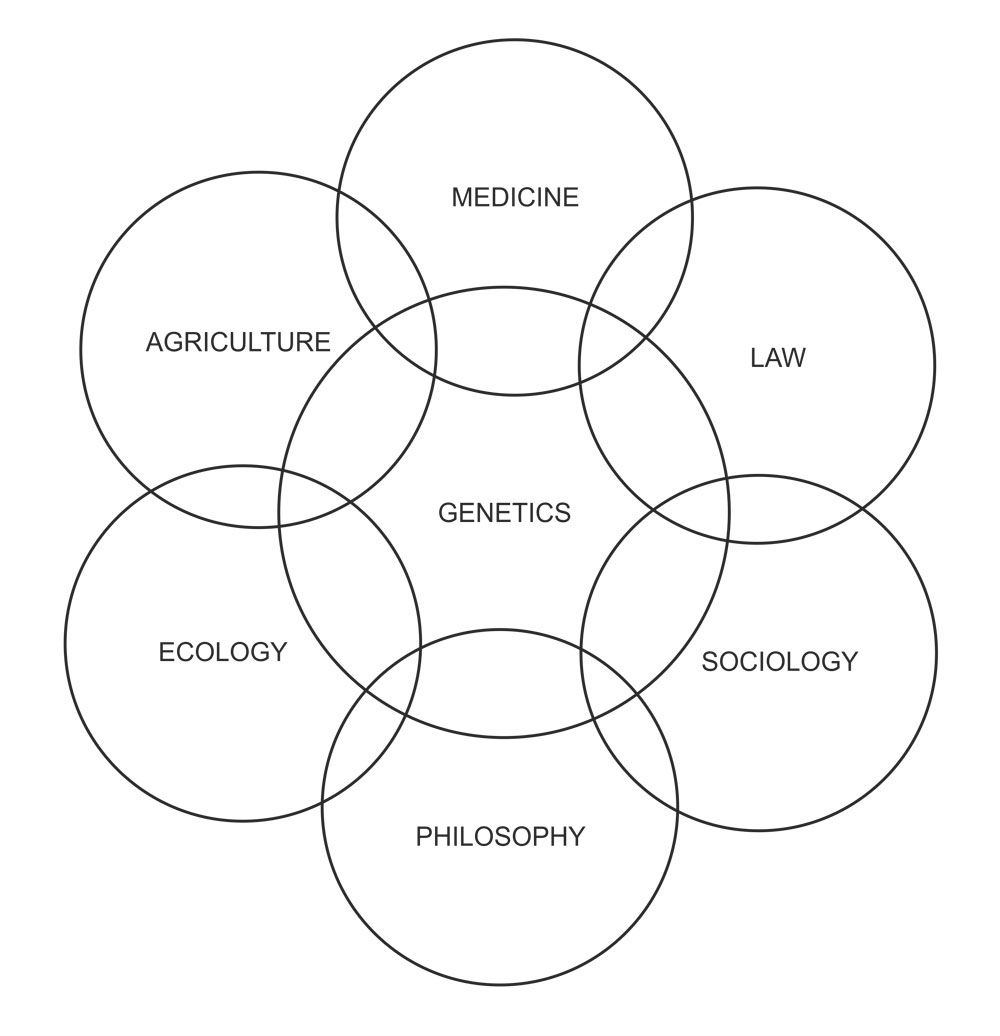Terrestrial Environments Biomes
A biome is a major biotic unit bearing a characteristic and easily recognized array of plant life. Botanists long ago recognized that the terrestrial environment of the earth could be divided into large units having a distinctive vegetation, such as fores
Gastrulation
Process by which an early metazoan embryo becomes a gastrula, acquiring first two and then three layers of cells.
Bacteriophages
A bacteriophage is a virus that infects bacteria. Like all viruses, phages are obligate intracellular parasites, devoid of protein synthesizing machinery and energy conversion systems.
Developmental genetics

The area of developmental genetics has also received major attention of geneticists in recent years to answer questions like the following. What are the relative roles of nucleus and cytoplasm in differentiation?
Atomic spectroscopy
Atoms of certain metals will absorb and emit radiation of specific wavelengths when heated in a flame, in direct proportion to the number of atoms present.
Chlorobacteria
The Chloroflexi (Chlorobacteria) are a class of bacteria that produce energy through photosynthesis. They make up the bulk of the filamentous anoxygenic phototrophs
Macronutrients - Nitrogen
Discovery of the essentiality of nitrogen is often credited to de Saussure (1-3), who in 1804 recognized that nitrogen was a vital constituent of plants, and that nitrogen was obtained mainly from the soil.
Distribution of Life on Earth
The biosphere as usually defined is the thin outer layer of the earth capable of supporting life. It is probably best viewed as a global system that includes all life on earth and the physical environments in which living organisms exist and interact.
Recombinant DNA Technology
Discoveries in molecular biology have allowed scientists to duplicate natural genetic transfer phenomena in the laboratory and to develop methods to introduce almost any type of genetic information into an organism.
Algae and Men
Microalgae and macroalgae have been utilized by man for hundreds of years as food, fodder, remedies, and fertilizers. Ancient records show that people collected macroalgae for food as long as 500 B.C. in China and one thousand of years later in Europe.
Evolution of Nervous Systems
Bilateral nervous systems, the simplest of which occur in flatworms, represent a distinct increase in complexity over the nerve net of radiate animals.
Insect Armor
Most insects? tough exoskeletons protect their bodies from predators and from drying out. however, some insects?including young insects, such as caterpillars - have soft bodies. they benefit by adding an extra layer of protective armor.
Animal Defense Mechanism
Packed inside an insect no bigger than a jellybean is a venom strong enough to cause intense pain in humans - and occasionally death, in people who are allergic to it.
Bioenergetics
An amalgamation of the term biological energetics, is the branch of biology and biochemistry that is concerned with how organisms extract energy from their environment and with how energy is used to fuel the myriad of life?s endergonic processes.
Animal Biotechnology
The most important areas of today's research which have potential economic value and prospects of commercialization are the cell and tissue culture based production of vaccines, monoclonal antibodies, pharmaceutical drugs, cancer research, genetic manipul
Agriculture Biotechnology
Biotechnology can be seen as an imprecise term since the harnessing of any biological process could justifiably be called biotechnology.




